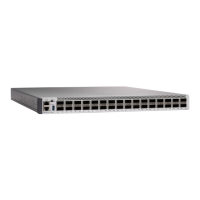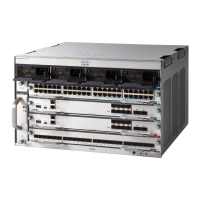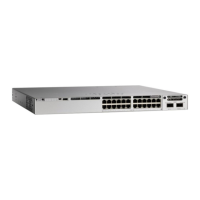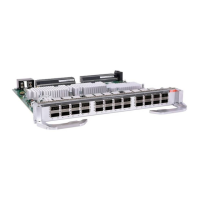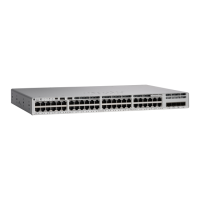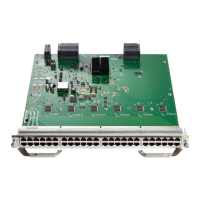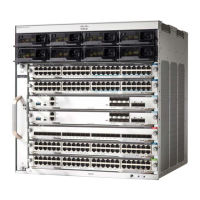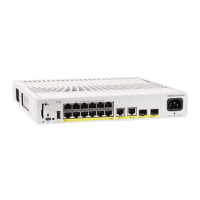flash: Copy to flash: file system
ftp: Copy to ftp: file system
http: Copy to http: file system
https: Copy to https: file system
null: Copy to null: file system
nvram: Copy to nvram: file system
rcp: Copy to rcp: file system
running-config Update (merge with) current system configuration
scp: Copy to scp: file system
startup-config Copy to startup configuration
syslog: Copy to syslog: file system
system: Copy to system: file system
tftp: Copy to tftp: file system
tmpsys: Copy to tmpsys: file system
The general syntax for copying onto TFTP server is as follows:
Device# copy crashinfo: tftp:
Source filename [system-report_1_20150909-092728-UTC.gz]?
Address or name of remote host []? 1.1.1.1
Destination filename [system-report_1_20150909-092728-UTC.gz]?
The tracelogs can be collected by issuing a trace archive command. This command provides time period
options. The command syntax is as follows:
Device# request platform software trace archive ?
last Archive trace files of last x days
target Location and name for the archive file
The tracelogs stored in crashinfo: or flash: directory from within the last 3650 days can be collected.
Device# request platform software trace archive last ?
<1-3650> Number of days (1-3650)
Switch#request platform software trace archive last 3650 days target ?
crashinfo: Archive file name and location
flash: Archive file name and location
It is important to clear the system reports or trace archives from flash or crashinfo directory once they are
copied out, in order to have space available for tracelogs and other purposes.
Note
Onboard Failure Logging on the Switch
You can use the onboard failure logging (OBFL) feature to collect information about the device. The information
includes uptime, temperature, and voltage information and helps Cisco technical support representatives to
troubleshoot device problems. We recommend that you keep OBFL enabled and do not erase the data stored
in the flash memory.
By default, OBFL is enabled. It collects information about the device and small form-factor pluggable (SFP)
modules. The device stores this information in the flash memory:
• CLI commands—Record of the OBFL CLI commands that are entered on a standalone device.
• Environment data—Unique device identifier (UDI) information for a standalone device and for all the
connected FRU devices: the product identification (PID), the version identification (VID), and the serial
number.
• Message—Record of the hardware-related system messages generated by a standalone device .
• Power over Ethernet (PoE)—Record of the power consumption of PoE ports on a standalone device .
System Management Configuration Guide, Cisco IOS XE Amsterdam 17.2.x (Catalyst 9500 Switches)
320
Troubleshooting the Software Configuration
Onboard Failure Logging on the Switch
